I know it must be a silly question to ask but I’m very new at electronics and I didn't knew if it is gonna work or not. Please take a look at the positive input volts in the diagram what I want to ask is are these two ways are equal? Is my diode going to work no matter what method I use and is this the correct method to put the diode to protect the transistor from reverse current?
And secondly please take a look at the schematics below and let me know if there is anything wrong, as I feel like if I have put excessive number of resistance on my circuit. I know you are gonna say that I’m using TIP120 in picture and FDP7030BL in schematics, well the picture was downloaded from internet and the schematics are from my real circuit planning.


